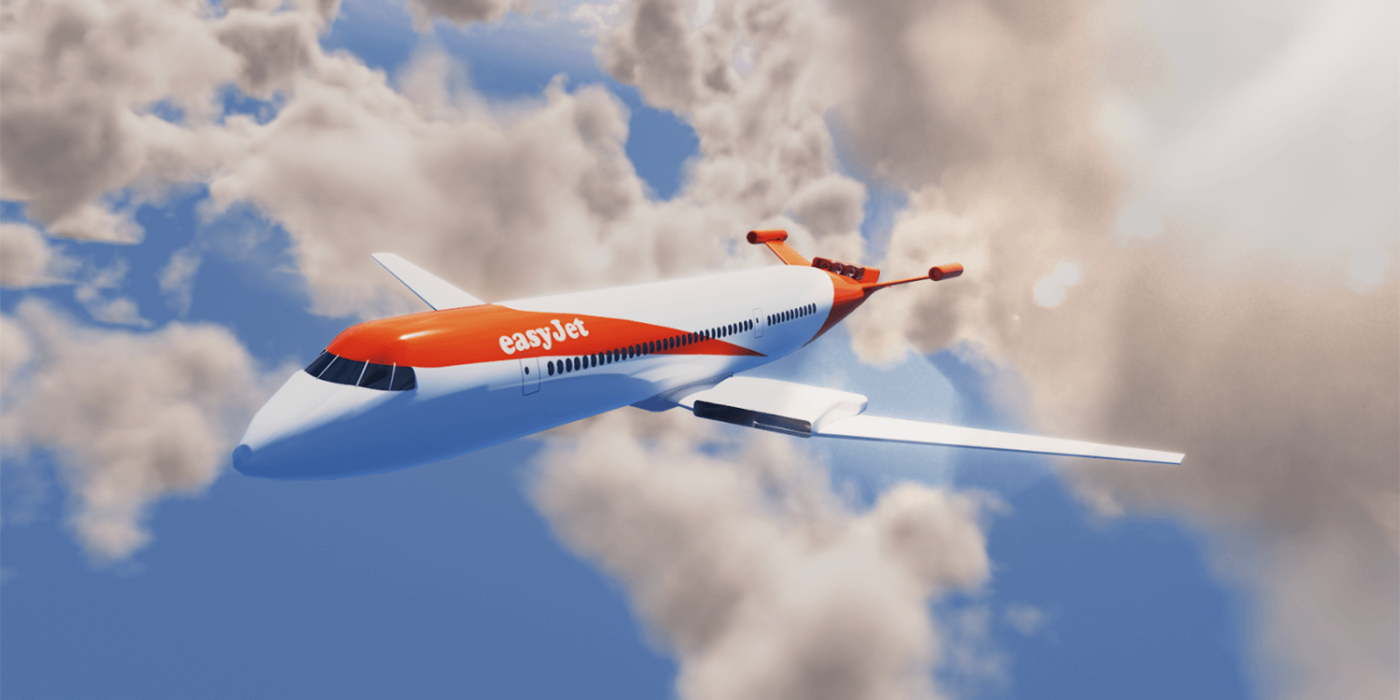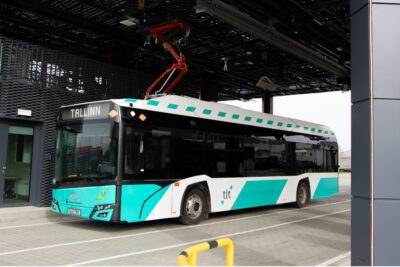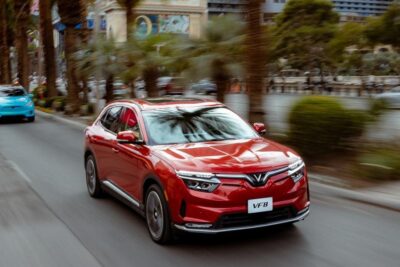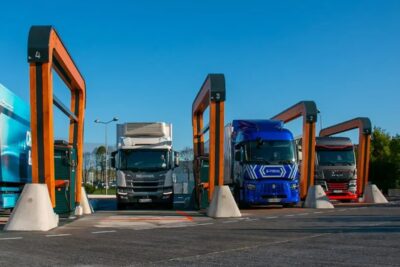Wright Electric works on large electric passenger plane
The electric aircraft start-up Wright Electric has started to develop the electric propulsion system for a 186-seat electric aircraft called Wright 1. Specifically, this involves a 1.5 MW electric motor and a 3-kilovolt inverter.
Designs haven’t been finalised, but the Wright 1 airliner will use distributed electric propulsion. The company is now starting to design and test about a dozen of the 1.5-megawatt motors, according to CEO Jeffrey Engler.
“It’s a distributed electric propulsion system, similar to that, for example, of eVTOL companies. If you think of a typical Boeing 737 or [Airbus] A320, it’s got one engine underneath each wing,” Engler told Avionics International. “Ours is going to be a distributed span of between 10 and 14 electric motors. And so what we’re announcing is the development of this is essentially one of these electric motors that then will be duplicated to make our distributed electric propulsion system.”
Wright is planning initial ground tests for 2021 and initial flight tests for 2023. The company expects Wright 1 to be ready for regular operation in 2030.
Wright Electric’s partner EasyJet welcomed the announcement. Johan Lundgren, CEO of EasyJet, considers the development “another crucial step” and is excited to see Wright’s “ambitious timeline for testing and entry into service”.
The partnership reaches back to 2017 when Wright was working on a 150-seat electric plane. The two companies initially envisioned test flights for 2019 but appeared to have gone back to an earlier timeline of a ten-year development phase, albeit with a larger plane. Wright Electric and EasyJet are also initially testing smaller electric aircraft, such as a nine-seater.
There are other partners on board too. Wright Electric is in talks with BAE Systems to co-develop the aircraft’s flight controls and energy management systems. The propulsion system will stay in-house, though.
As for airlines, Wright Electric had entered into a partnership with Dubai’s Jetex in 2018 that will see the two companies collaborate on producing the first electric aircraft for the MENA region. The proposed design they are working on aims for a range of 540 km or 333 miles, which would enable passengers to fly from Dubai to Muscat or Malaga to Casablanca on a single charge.
At the same time, Jetex wants to use its status as a fixed-base operator (FBO) to install ground charging infrastructure for such an electric plane at up to 30 airports in Europe, the States, and throughout their network. Wright Electric envisions swappable batteries to enable swift operations.






5 Comments